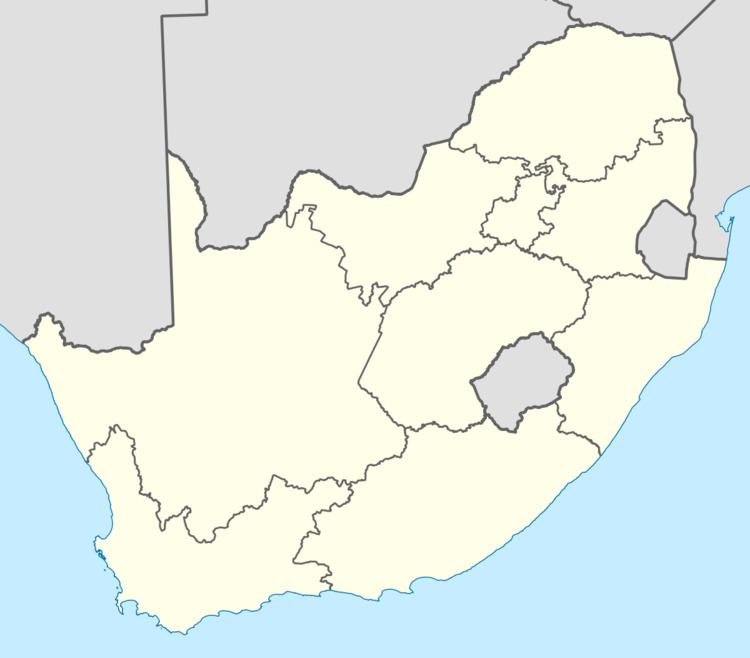Category Unitary state | Number 9 Provinces | |
 | ||
Location Republic of South Africa Populations 1,145,861 (Northern Cape) – 12,272,263 (Gauteng) Areas 47,080 km (18,178 sq mi) (Gauteng) – 372,890 km (143,973 sq mi) (Northern Cape) Government Provincial government, National government | ||
South Africa is divided into nine provinces (Tswana: diporofense; Sotho: diprovense; Northern Sotho: diprofense; Afrikaans: provinsies; Zulu: izifundazwe; Southern Ndebele: iimfunda; Xhosa: amaphondo; Swazi: tifundza; Venda: mavunḓu; Tsonga: swifundzankulu). On the eve of the 1994 general election, South Africa's former homelands, also known as Bantustans, were reintegrated and the four existing provinces were divided into nine. The twelfth, thirteenth and sixteenth amendments to the constitution changed the borders of seven of the provinces.
Contents
History
The Union of South Africa was established in 1910 by combining four British colonies: the Cape Colony, the Natal Colony, the Transvaal Colony and the Orange River Colony. (The latter two were, before the Second Boer War, independent republics known as the South African Republic and the Orange Free State.) These colonies became the four original provinces of the Union: Cape Province, Transvaal Province, Natal Province and Orange Free State Province.
Segregation of the black population started as early as 1913, with ownership of land by the black majority being restricted to certain areas totalling about 13% of the country. From the late 1950s, these areas were gradually consolidated into "homelands", also called "bantustans". Four of these homelands were established as quasi-independent nation states of the black population during the apartheid era. In 1976, the homeland of Transkei was the first to accept independence from South Africa, and although this independence was never acknowledged by any other country, three other homelands – Bophuthatswana (1977), Venda (1979) and Ciskei (1981) – followed suit.
On 27 April 1994, the date of the first non-racial elections and of the adoption of the Interim Constitution, all of these provinces and homelands were dissolved, and nine new provinces were established.
Government
Each province is governed by a unicameral legislature; the size of the legislature is proportional to population, ranging from 30 members in the Northern Cape to 80 in KwaZulu-Natal. The legislatures are elected every five years by a system of party-list proportional representation; by convention, they are all elected on the same day, at the same time as the National Assembly election.
The provincial legislature elects, from amongst its members, a Premier, who is the head of the executive. The Premier chooses an Executive Council consisting of between five and ten members of the legislature, which is the cabinet of the provincial government. The Members of the Executive Council (MECs) are the provincial equivalent of ministers.
The powers of the provincial government are limited to specific topics listed in the national constitution. On some of these topics – for example, agriculture, education, health and public housing – the province's powers are shared with the national government, which can establish uniform standards and frameworks for the provincial governments to follow; on other topics the provincial government has exclusive power.
The provinces do not have their own court systems, as the administration of justice is a responsibility purely of the national government.
Current provinces
Footnotes:
† These statistics do not include the Prince Edward Islands (335 km2, 129 sq mi, with no permanent residents), which are South African territories in the sub-Antarctic Indian Ocean but part of the Western Cape for legal and electoral purposes. ‡ Pietermaritzburg and Ulundi were joint capitals of KwaZulu-Natal from 1994 to 2004.Former administrative divisions
Footnotes:
† States that the Homeland was independent.